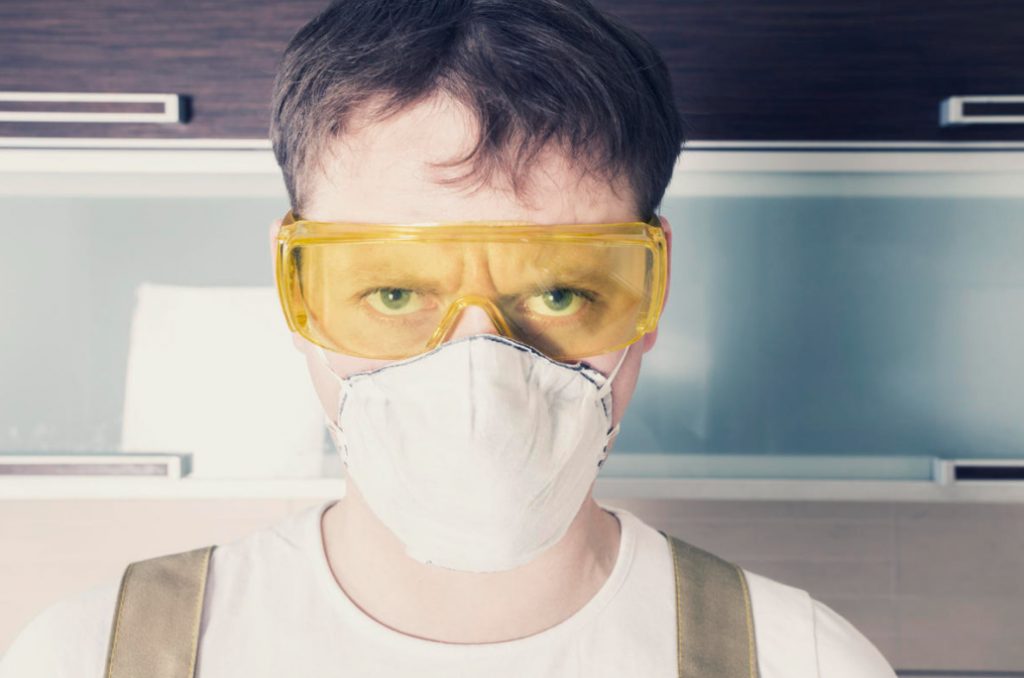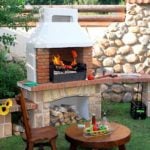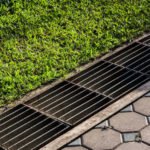In the process of repair or construction, when respiratory protection is necessary, we often neglect our health. If we wear protection, then, as a rule, it is an ordinary medical mask or the first respirator that comes to hand. Is this enough?
Such a careless attitude as the use of a disposable medical mask during construction, when the dust is a pillar, the body may not forgive us. Therefore, let’s figure out what alternatives there are and how to choose the right personal respiratory protection equipment (PPE). There are several points that you need to remember when choosing a respirator. Each of them is very important.
Form of respirators
Masks vary in shape. There are half-masks that protect the respiratory organs (but the eyes remain unprotected). As a rule, they are worn together with construction glasses. And full-face (panoramic) – with full respiratory and eye protection.
Validity of masks
Also, masks can be disposable (designed for several hours or for one working shift) and reusable (with replaceable filters). Depending on the purpose of the masks, filters for them are used either air, or cleaning, or combined — the first provide mechanical filtration of air from large dust particles, the second cope with harmful substances, the latter combine both types of protection.
If the respirator filter is replaceable, it must be changed in time. How often this will have to be done depends on many factors, for example, on the type and capacity of the filter itself, the type and level of air pollution, storage conditions. Manufacturers indicate this information in the instructions.
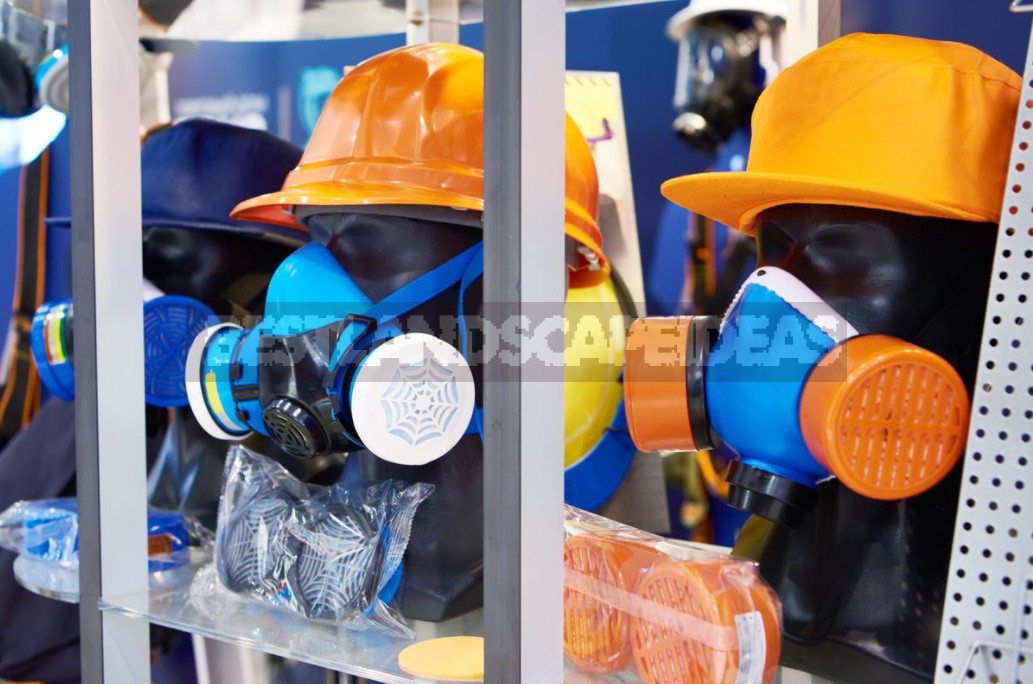
Marking
When choosing a respirator, it is necessary to pay attention to the marking. Not all respiratory protection products are able to cope with a specific contamination. Therefore, before buying, we carefully study what is written on the package. You can focus on the protection class. It depends on the ability of the filter material to retain harmful particles. The maximum permissible concentration is an indicator of protection. To talk about the degree of protection of PPE, you need to understand what it is. In fact, this is the maximum concentration of chemical elements and their compounds in the environment, which does not cause pathological changes or diseases during everyday influence on the human body for a long time.
Three degrees of protection
- 1st class of protection (filter) of the respirator (FFP1 or P1). They retain at least 80% of harmful impurities in the air. The maximum permissible concentration is 4. They will protect the respiratory organs from non-toxic dust. They are used in woodworking, construction, etc.
- 2nd class of protection (filter) of the respirator (FFP2 or P2). They retain at least 94% of harmful impurities in the air. The maximum permissible concentration is 12. They will protect you from medium-toxic solid dust. It can be used in welding, metallurgy, etc.
- The 3rd class of protection of the respirator (FFP3 or P3). They retain at least 97-99% of harmful impurities. The maximum permissible concentration is 50. It is used at a high concentration of respirable dust, as well as from substances containing radioactive particles.
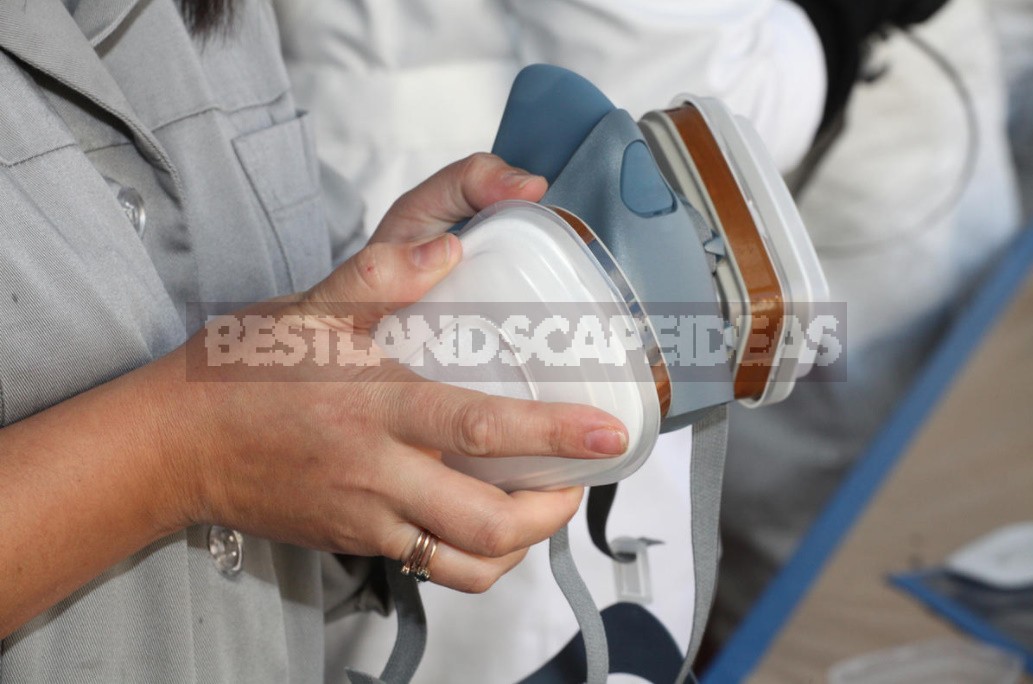
Letter marking
It is also necessary to orient yourself in the letters of the marking. They say what substance this respirator will protect against. As a rule, the meaning of the letters is duplicated by color — if the respirator is of a combined type, all the corresponding letters and colors are listed in the marking.
- P (white) – provides protection of the respiratory tract from dust, smoke, fogs.
- A (brown) — PPE from vapors and gases of substances of organic origin, the boiling point of which is from 65 degrees and above. Such, for example, include alcohol, gasoline or kerosene. If the boiling point is below 65 degrees (for example, for acetone), the marking looks like AH.
- B (gray) — means of protection against vapors and gases of inorganic substances, for example, bromine or fluorine.
- E (yellow) — protection against acid gases. These include sulfuric acid and sulfur dioxide.
- K (green) – from ammonia and derived substances.
- NO-P3 (blue-white) — from nitric oxide.
- HgРЗ (red-white) – from organic compounds and mercury vapors.
- SX (purple) – from toxic gases such as phosgene.
Important! Some respirators have a limited validity period or are disposable products and cannot be reused, such as, for example, PPE of the respiratory organs marked NO-P3.
Protection factor
The protection factor should also be taken into account. The coefficient of protection at the workplace (there is also a coefficient of protection in laboratory conditions, but we do not take it into account due to its insolvency) is “the ratio of the concentration of a certain harmful substance in the air of the working area outside the front part of the PPE to its concentration under the front part of a normally functioning PPE, provided that the requirements for proper putting on, fitting and using the PPE are met”. That is, the bigger it is, the better. Another thing is that a conventional respirator with a protection coefficient of up to 20 is not able to compete with an autonomous breathing apparatus with a protection coefficient of 2000. But in most cases, this is not required.
It is important to know that the protection coefficient is a fairly conditional indicator of the degree of protection of PPE. In order not to go into the difficulties (and the researchers had a lot of them when determining this coefficient), we can only say that the indicator can vary significantly depending on the country of origin. For example, filter half masks from the USA have a coefficient of 10, and from the UK-20. The difference is observed in the coefficient of protection of almost every type of personal respiratory protection equipment. Moreover, some indicators differ almost twice in one direction or another. So what should we focus on? It is believed that it is in the UK that the highest quality tests are carried out, in which more aspects are taken into account.
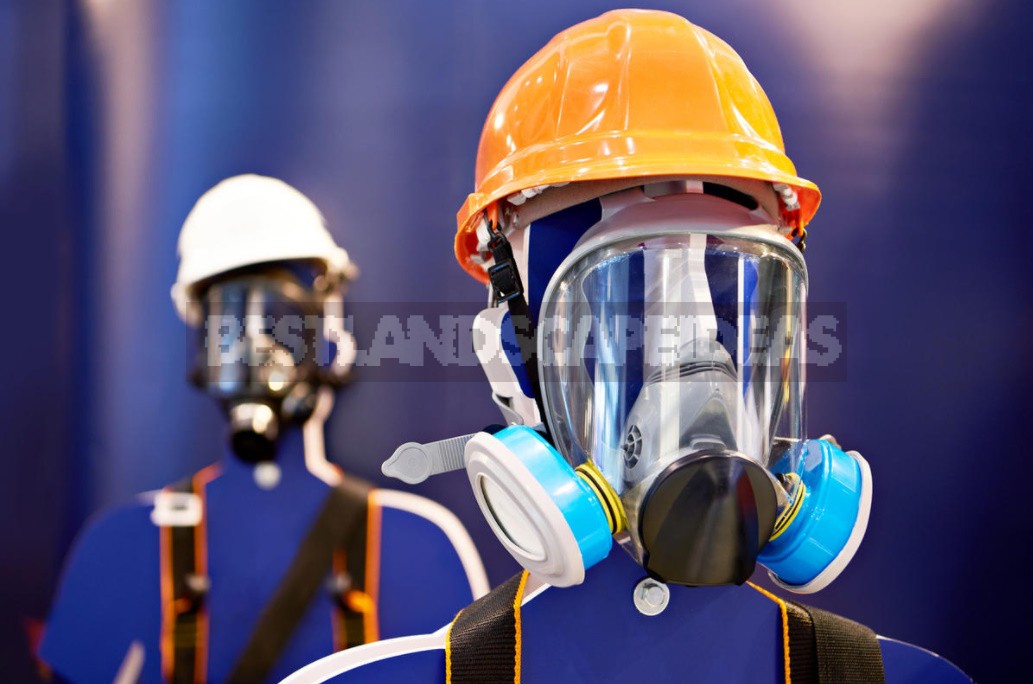
Note: the longer you work in a respirator, the more dust is collected in the filter. Over time, this fact will affect the breathability and may complicate breathing. To avoid this, choose masks with a unidirectional exhaust valve.
The density of the abutment of the mask
The effectiveness of a mask or respirator depends on the density of their proximity to the face. That is, PPE can be of any quality, designed for specific working conditions, but if there are gaps in the places where the mask is adjacent to the face, the protective properties are reduced to a minimum, if not to zero. Therefore, when buying a mask, it would be good to try it on, to assess the compliance of its shapes with the shapes of your face. But it is impossible to do this in the vast majority of cases, since according to the rules, the respirator must be in an airtight package without any traces of opening or damage. Therefore, it is better to give preference to masks with adjustable retaining straps. By the way, for this reason, a medical mask has practically no effect during construction work, since its tightness is usually minimal.
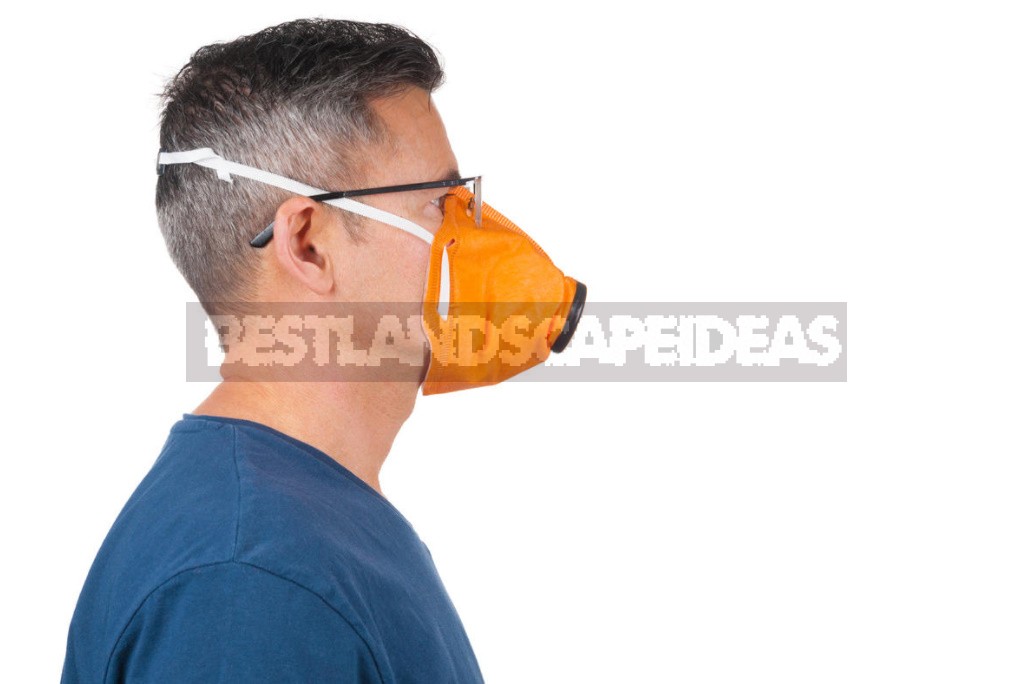
How can I check the tightness of the mask?
Put on a respirator, close the air valve tightly with your hand, inhale or exhale and hold your breath. If excessive pressure or vacuum persists inside the respirator, it means that the PPE fits tightly enough and is able to provide reliable protection. Such a check should be done every time you put on a respirator, since the tightness of the fit also depends on the correct position of the mask on the face
